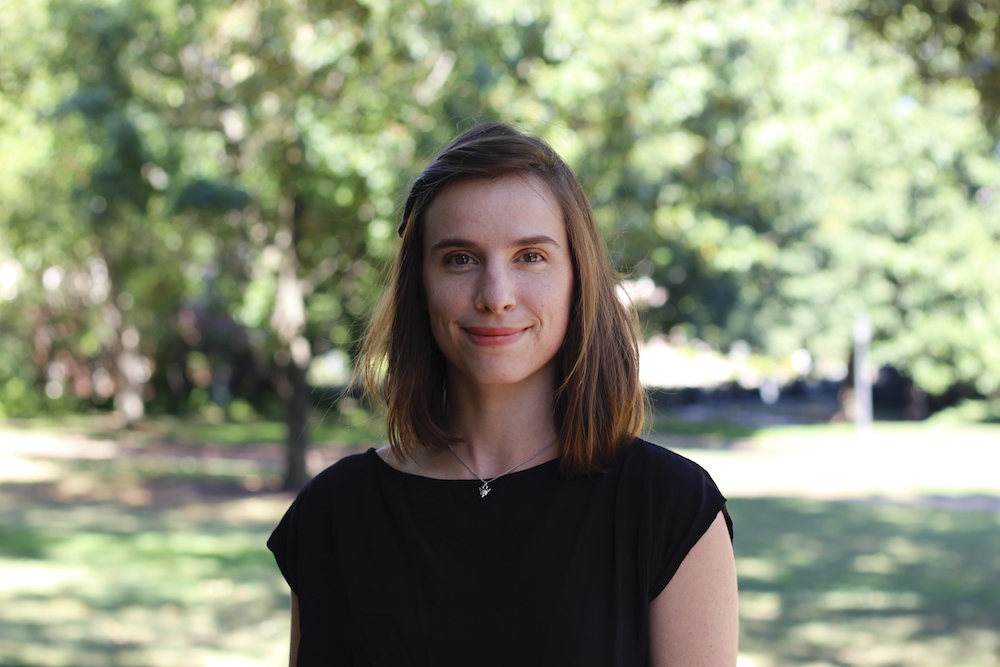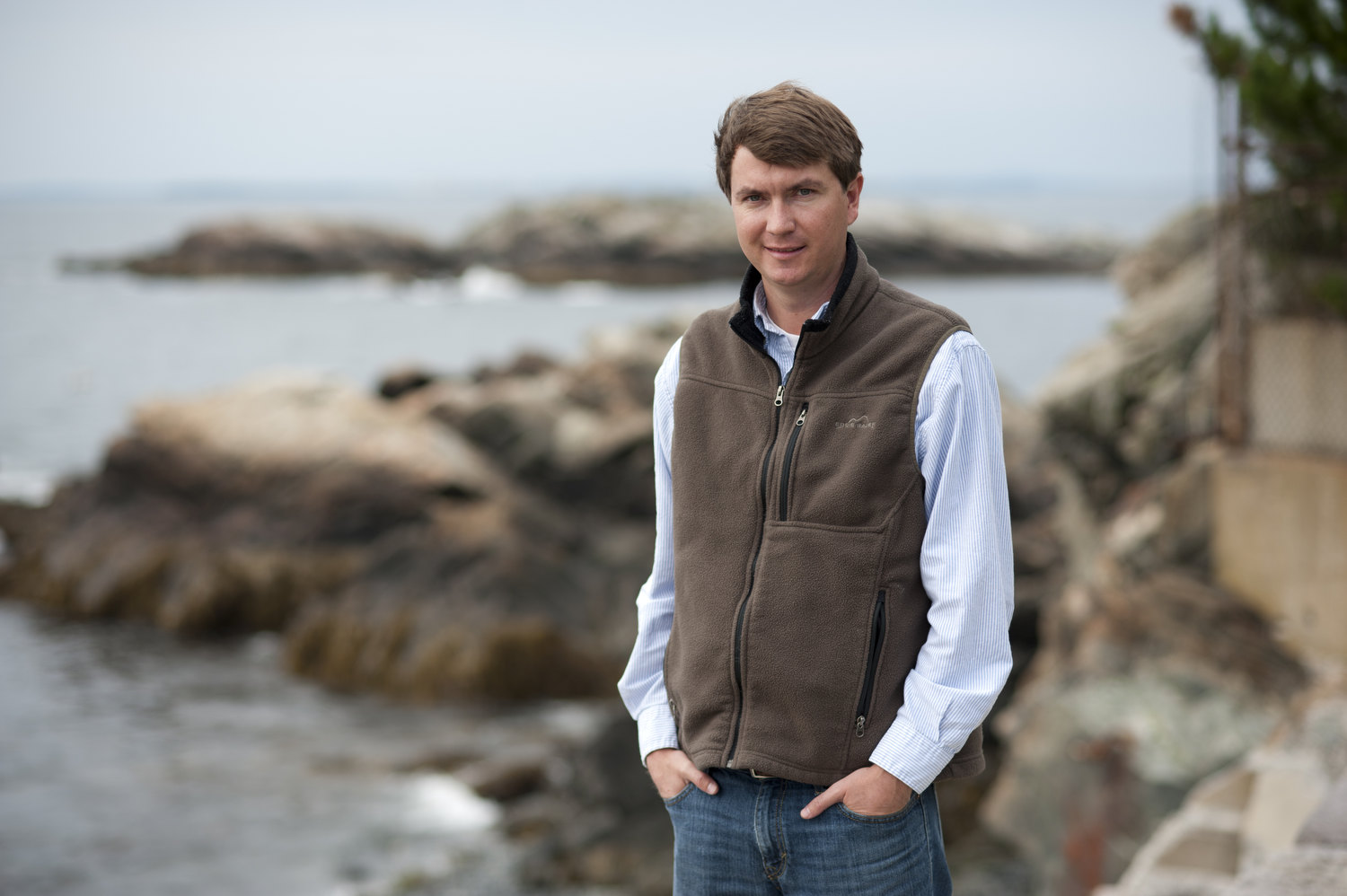Scaling up Nature-Based Solutions (SUNS)
SUNS is a multi-year effort to identify and promote nature-based solutions for resiliency in the Florida panhandle. We use nature-based solutions to tackle challenges such as flooding, sea-level rise, threats to wildlife, and economic development. The project brings together local stakeholders to identify and implement the best natural solutions to the unique challenges facing Bay, Gulf, and Franklin Counties.
See the SUNS Report
We brought communities together to develop a portfolio of 72 nature-based solutions projects.
Framework for Implementation
We have been working on scaling up nature-based solutions in the Florida Panhandle.
Hurricane Michael significantly damaged communities in the Florida panhandle when it hit the area in 2018. Those communities are continuing to recover—and prepare for the next storm.
The Nature Conservancy, with support from Northeastern University and the United States Naval Academy, is working with the Northwest Florida Water Management District (NWFWMD) and St. Andrew and St. Joseph Bays Estuary Program, alongside local, regional, state and federal partners on a project to promote nature-based solutions (NBS) for resiliency in the panhandle. The effort is being funded by the National Fish and Wildlife Foundation’s Coastal Resilience Fund and the Walmart Foundation.
This project, called Scaling Up Nature Based Solutions (SUNS), has created a portfolio of NBS projects for coastal resilience in Franklin, Gulf and Bay counties. The resulting regional resilience planning framework will guide investments in restoring and strengthening natural features, such as wetlands and oyster reefs, to reduce flood risk and conserve the exceptional natural resources of the project area.
Project Objectives
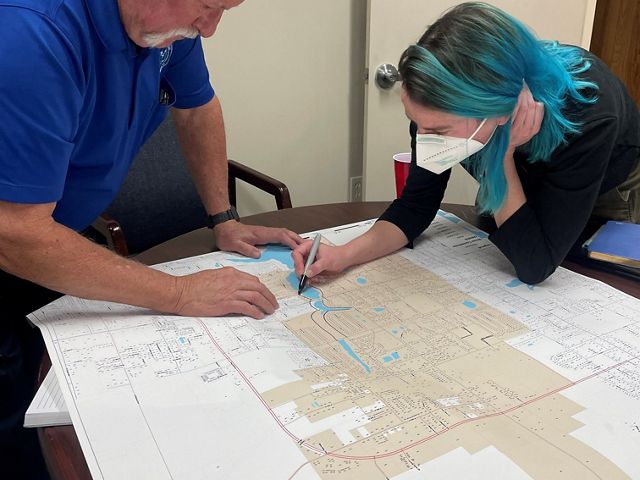
Timeline
-
March - July 2021
Activity: Information gathering, needs assessment, data compilation | Outcome: Established stakeholder working group and identification of capacity gaps
-
July 2021 - March 2022
Activity: Convene working group to review and select nature-based solution options in Bay, Gulf, and Franklin counties | Outcome: Draft portfolio of nature-based solution projects and maps
-
April - August 2022
Activity: Finalize, prioritize, and share portfolio of nature-based solutions | Outcome: Prioritized portfolio of nature-based solutions
-
August 2022 - March 2023
Activity: Working group sessions and workshops to build capacity to implement the portfolio | Outcome: Improved capacity to implement projects in the portfolio
-
April 2023 - January 2024
Activity: SUNS team provides technical capacity, proposal development, and financial support to advance a selection of SUNS projects towards implementation | Outcome: Multiple SUNS Portfolio projects are advanced towards implementation
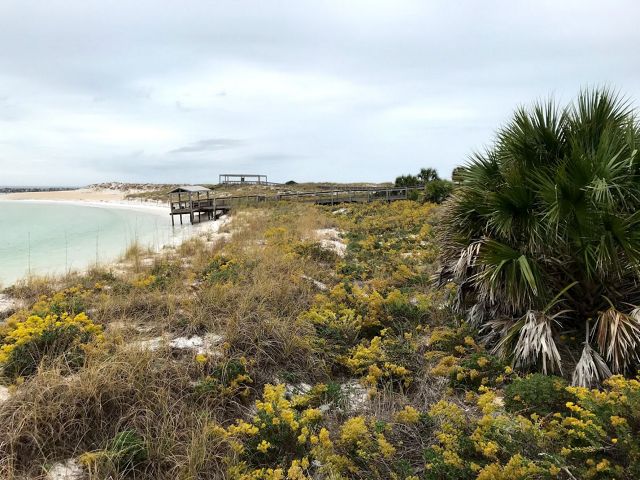
Project Team
-
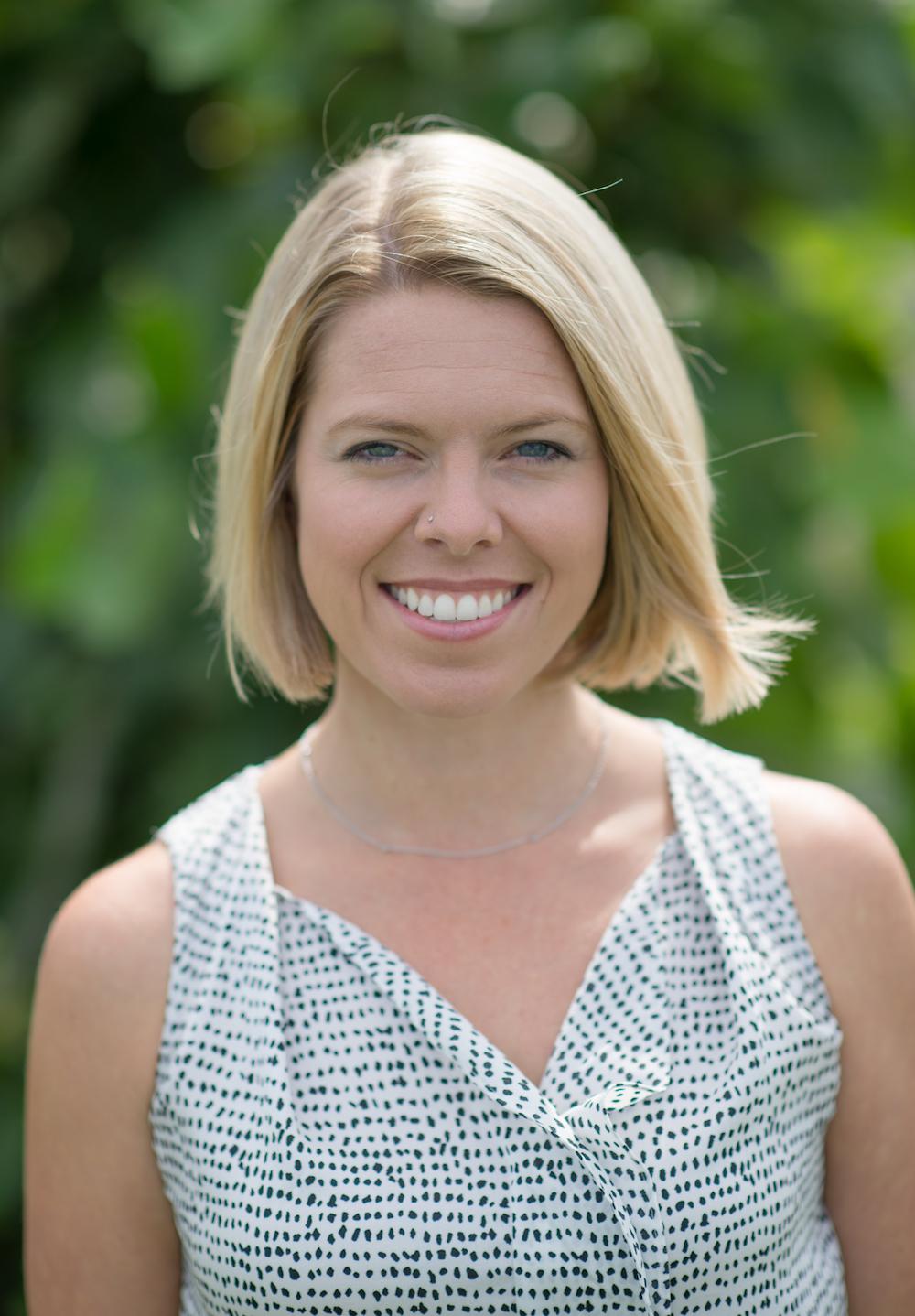
Chris Shepard
The Nature Conservancy
-
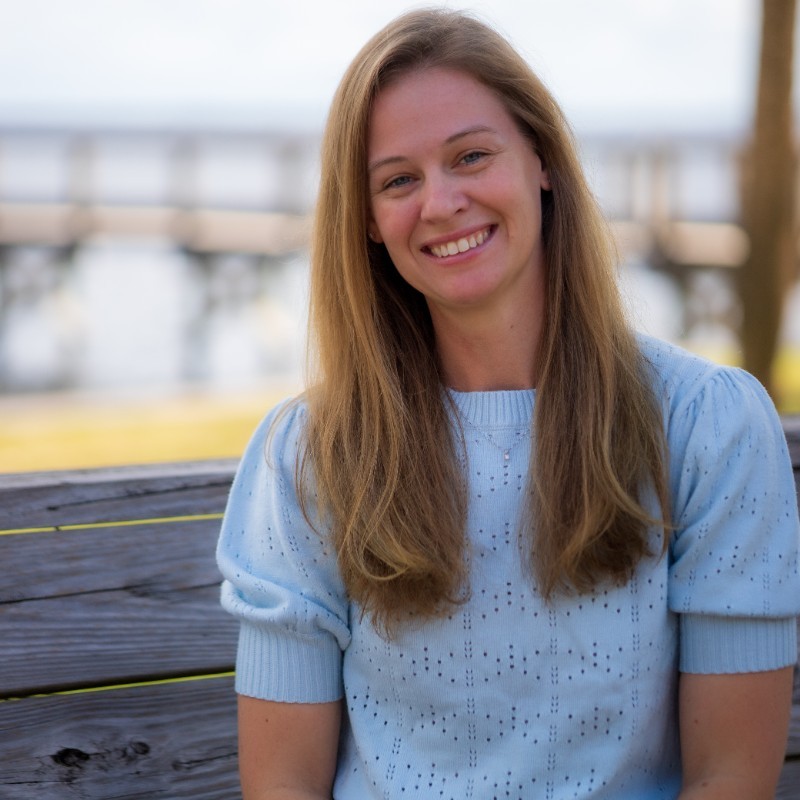
Jessica Graham
St. Andrew and St. Joseph Bays Estuary Program
-
Anna Jane Jones
NOAA Digital Coast Fellow 2020-2022
-
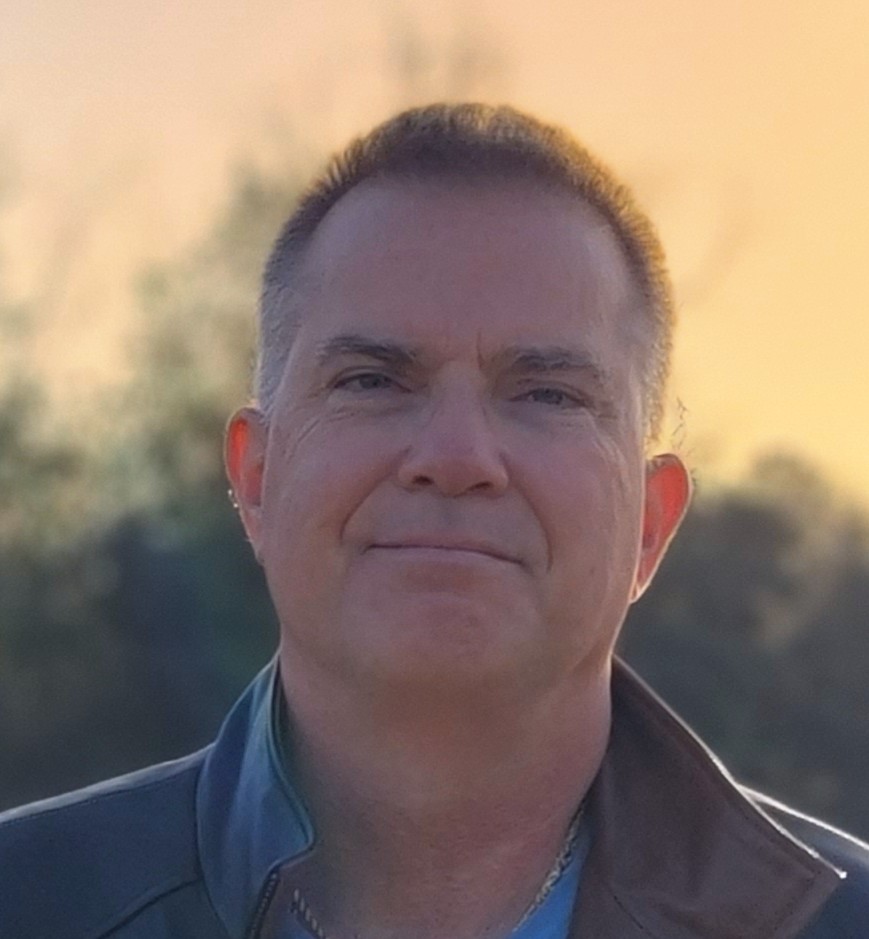
Darryl Boudreau
Northwest Florida Water Management District
-
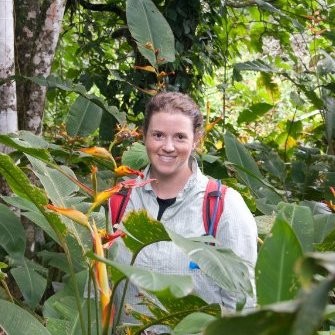
Katie Konchar
The Nature Conservancy
-
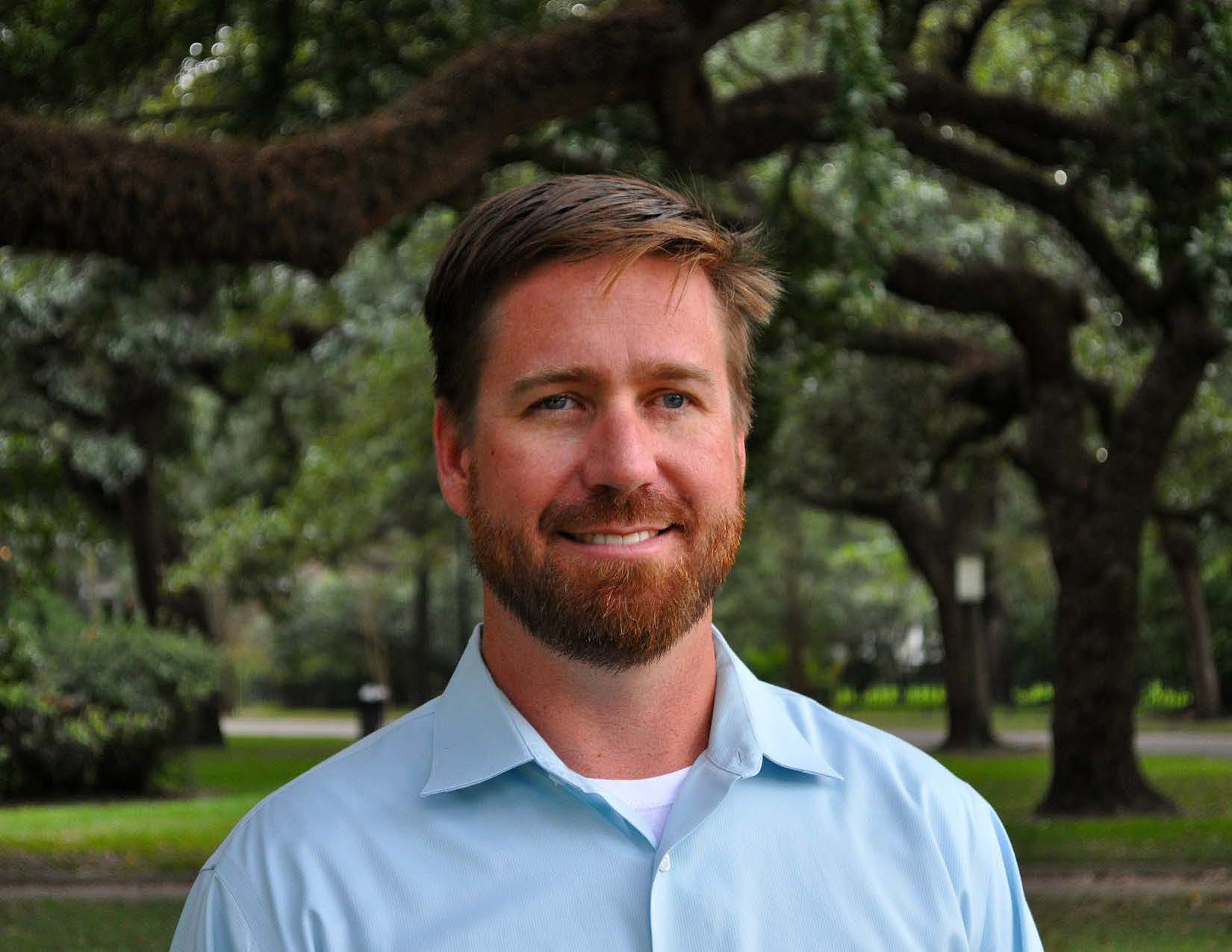
Jeff DeQuattro
The Nature Conservancy
-
Steven Scyphers
University of South Alabama
-

Kiera O’Donnell
Duke University
-

Jahson Alemu
Northeastern University
-
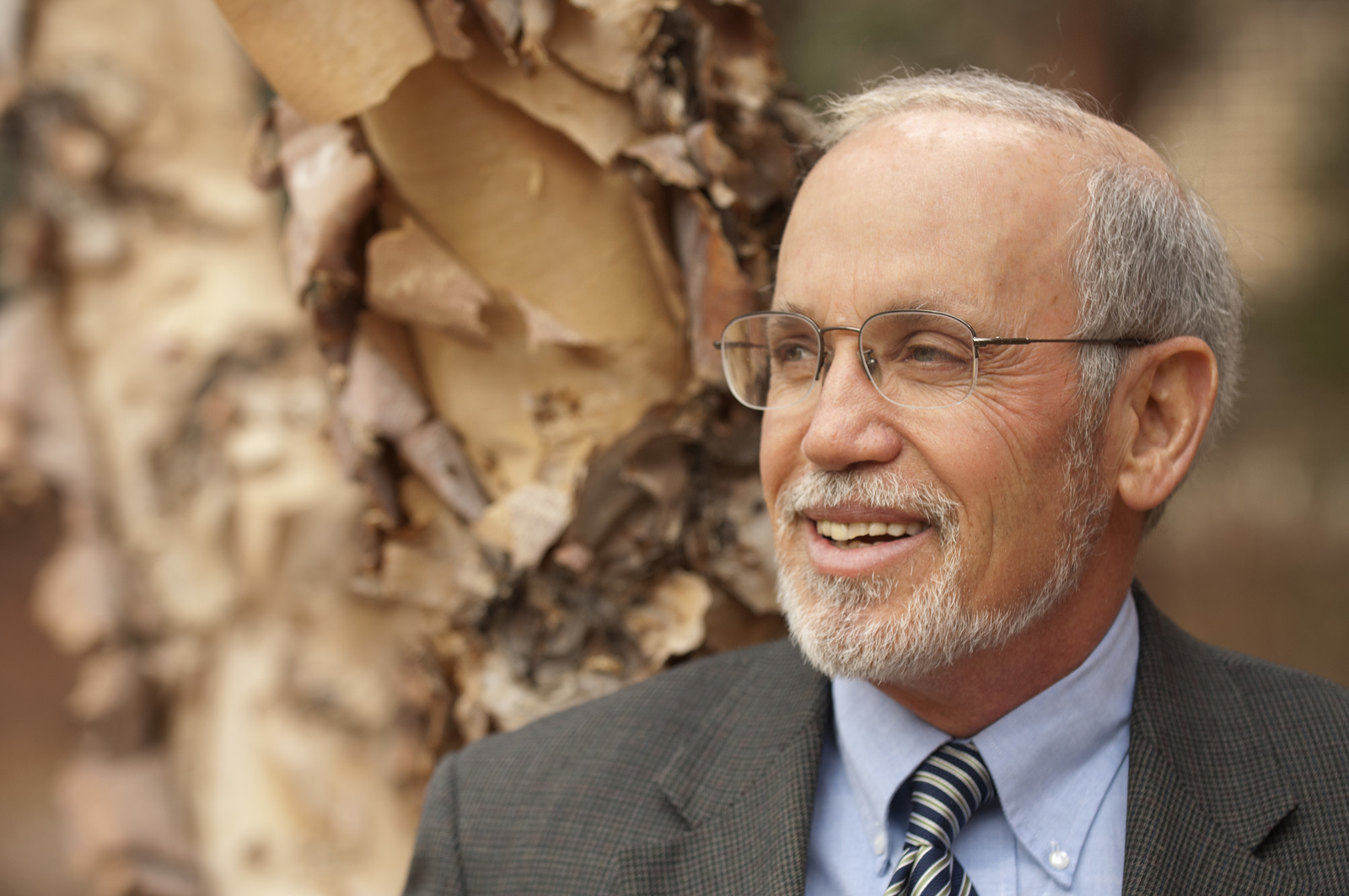
Bob Bendick
The Nature Conservancy
-
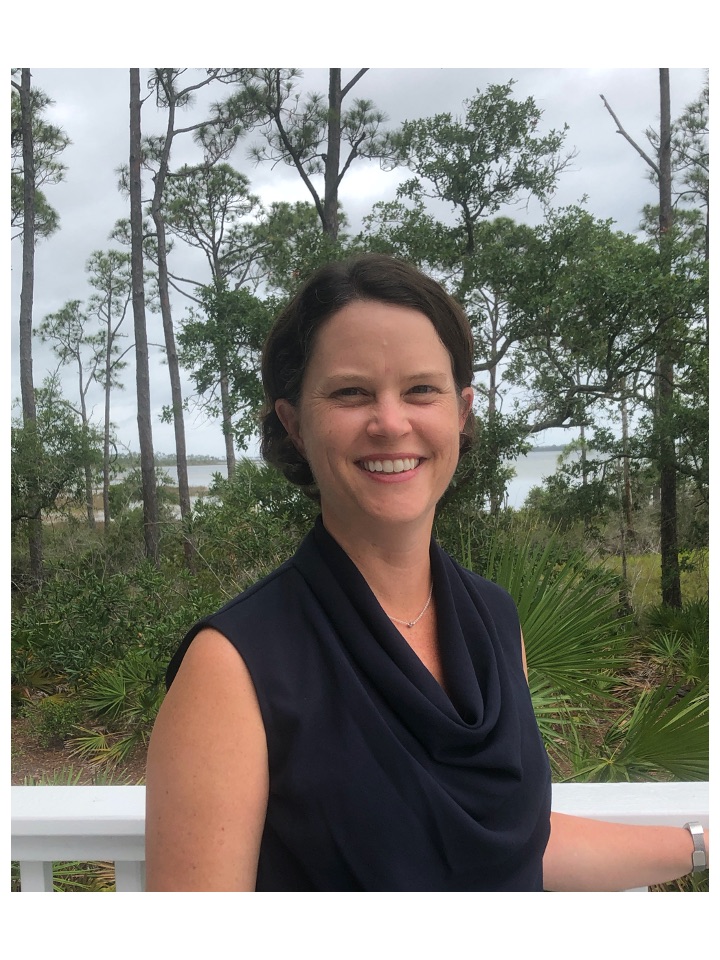
Randall Hughes
Northeastern University
-
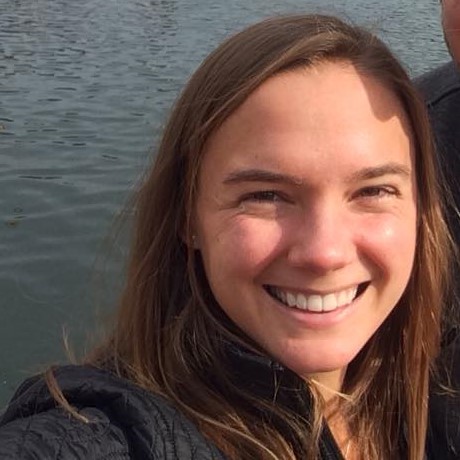
Tori Tomiczek
United States Naval Academy
Hurricane Michael Study: Key Findings
In 2019, following Hurricane Michael, Northeastern, USNA, and TNC conducted a series of studies to assess Hurricane Michael’s impact in Bay, Gulf, and Franklin Counties. The team examined the relationship between open space and storm damage; the performance of natural versus hard infrastructure during the storm; and the resiliency of marshes. This work provided the foundation for the SUNS Project.
-
- Overall property damage was extensive with 6% of residents describing their homes as ruined, 26% majorly damaged and 36% moderately damaged.
- Armored shorelines did not provide additional storm protection and greatly increased recovery costs for waterfront residents. On average, recovery costs for vegetated shorelines were $2,937, and $14,117 for hardened shorelines. This suggests that natural and nature-based shorelines are attractive and cost-effective options for individual shoreline protection.
-
- Coastal marshes were largely resistant to storm impacts. Despite being subject to hurricane winds and surge, only 2% of coastal marshes in the study area were damaged.
- Residents also generally perceived marshes as effective at protecting coastlines against storm waves and inundation.
- However, damaged marshes were slow to recover. Only 16% of damaged marshes recovered six months after landfall. Because marshes are important for coastal protection, they should be proactively managed post-storm to increase recovery.
-
- Increasing green space surrounding a home was associated with higher probability of recovery, after controlling for social and hurricane-impact factors
- This demonstrates the importance of considering green spaces and natural and nature-based features as part of a holistic portfolio of investments for promoting resilient coastal communities.
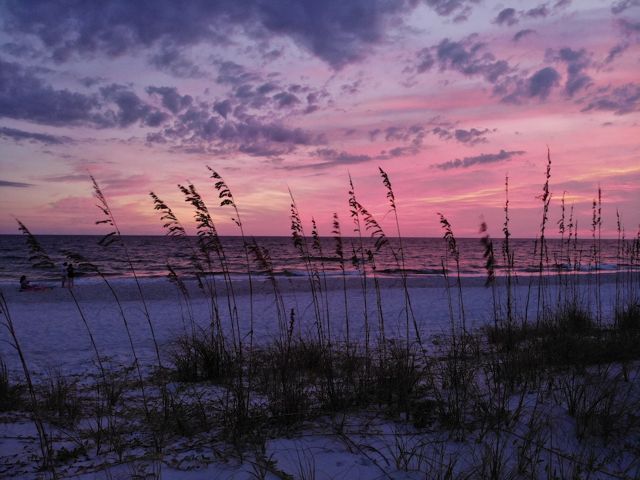
SUNS Dashboard
Our SUNS Team has created a portfolio of nature-based solution (NBS) projects for coastal resilience in Franklin, Gulf and Bay counties. This regional resilience planning framework will guide investments in restoring and strengthening natural features, such as wetlands and oyster reefs, to reduce flood risk and conserve the exceptional natural resources of the project area.
Working Group
The Working Group is a group of approximately 25 people with representatives from Bay, Gulf and Franklin Counties; municipal governments; environmental organizations; state and federal entities; and the public. The first Working Group session reviewed the benefits of nature-based solutions as a resilience strategy and was tailored to the Working Group members’ level of knowledge. Members of the Working Group drew upon their own expertise, as well as suitability maps generated by the TNC/NU/USNA teams, to create a prioritized portfolio of NBS investments across the project area, taking into account both risk reduction and habitat benefits.
The purpose of the Working Group is to:
- Advance resilience planning in the wake of Hurricane Michael across Bay, Gulf and Franklin Counties by facilitating increased coordination across jurisdictions and agencies
- Identify potential projects and opportunities for policy-change to support nature-based resilience solutions
More specifically, the Working Group sessions developed a portfolio of nature-based resilience projects by defining:
- The types of NBS that are locally appropriate and feasible within the region
- Selection criteria for prioritizing NBS projects, and
- The specific types and locations of NBS projects that should be prioritized
The Working Group finalized the SUNS Portfolio in 2022.

SUNS Map App
Resources
-
Scaling up Nature-Based Solutions
See a one-page fact sheet for the SUNS Project. Learn more
-
Hurricane Michael Study Executive Summary
This summary covers the various dimensions of the Hurricane Michael Study, which examined the ways nature buffered the storm’s impact in Florida’s Panhandle. Download
-
Collecting and Synthesizing Existing Data about Hurricane Michael
In the early aftermath of Hurricane Michael in October 2018, Northeastern researched and gathered available data and reports to understand the broader landscape of impacts and ongoing assessments. Download
-
Effects of Green to Gray Space on Storm Impacts and Recovery
This study found that during Hurricane Michael, an increased amount of green space around homes predicted a higher probability of home and mental recovery. Download
-
Storm Perceptions, Impacts, and Recovery of Coastal Households
This study compared the performance of hardened shorelines to vegetated shorelines. While the two performed similarly in the Panhandle during Michael, vegetated shorelines offered significant savings in repair and maintenance costs. Download
-
Damage, Resilience, and Recovery of Salt Marshes
This study found that Florida marshes were largely resistant to storm damage from Hurricane Michael—offering important implications for the roles marshes can play as coastal buffers. Download
Other Resources for Nature-based Solutions
-
Naturally Resilient Communities
The Naturally Resilient Communities website provides a guide to nature-based solutions and includes case studies of successful projects from across the country Learn more
-
Promoting Nature-Based Hazard Mitigation Through FEMA Grants
A TNC guidebook that offers a framework for identifying nature-based solution mitigation projects eligible for FEMA funding Learn more
-
Green Infrastructure and Post-Disaster Recovery
The APA’s Green Infrastructure and Post-Disaster Recovery (Planning for Post-Disaster Recovery Briefing Paper 10) demonstrates the important role green infrastructure plays in building resilience to natural hazards Learn more
-
Engineering with Nature
The U.S. Army Corps of Engineers Engineering with Nature: An Atlas offers two volumes of projects highlighting a range of applications for nature-based engineering solutions Learn more
-
Tyndall Coastal Resilience and Sustainability Strategies
As part of Tyndall Air Force Base’s broader coastal resilience strategy, this guide offers a framework for nature-based solutions relevant to the Florida panhandle Learn more
-
Plan4Resilience (LinkedIn)
The Plan4Resilience is a LinkedIn group that connects professionals interested in advancing nature-based solutions and community resilience Learn more
Additional Resources
-
NOAA's Digital Coast
Brings together the resources of the nine member-organizations in the Digital Coast Learn More
-
CRS Green Guide
The Association for State Floodplain Manager’s Community Rating System (CRS) Green Guide highlights the elements of the CRS program that offer benefits beyond flood risk reduction Learn More
-
CRS Explorer
TNC’s CRS Explorer allows communities to visualize and prioritize undeveloped areas in the floodplain to improve their CRS score. Learn More
-
SUNS Meetings
Information and links for SUNS Working Group meetings. Learn More
Contact
For additional information, or to sign up for the SUNS newsletter, contact Chris Shepard, The Nature Conservancy's director of science in the Gulf: cshepard@tnc.org.
Partners







